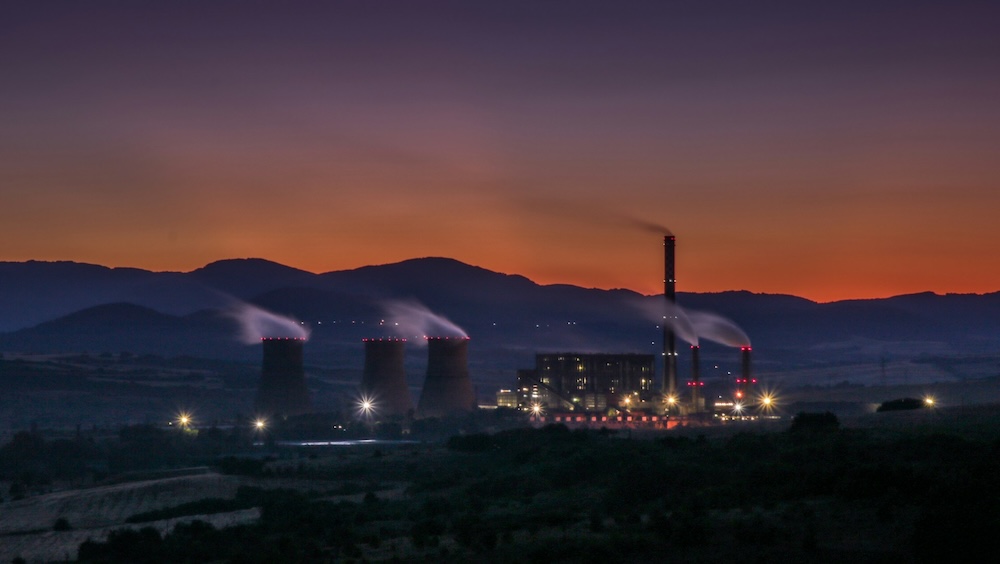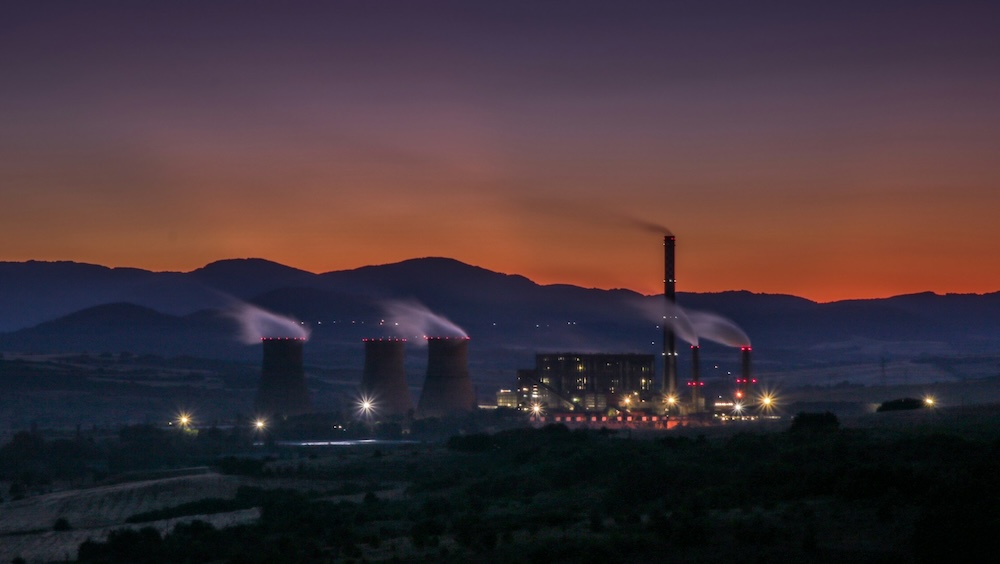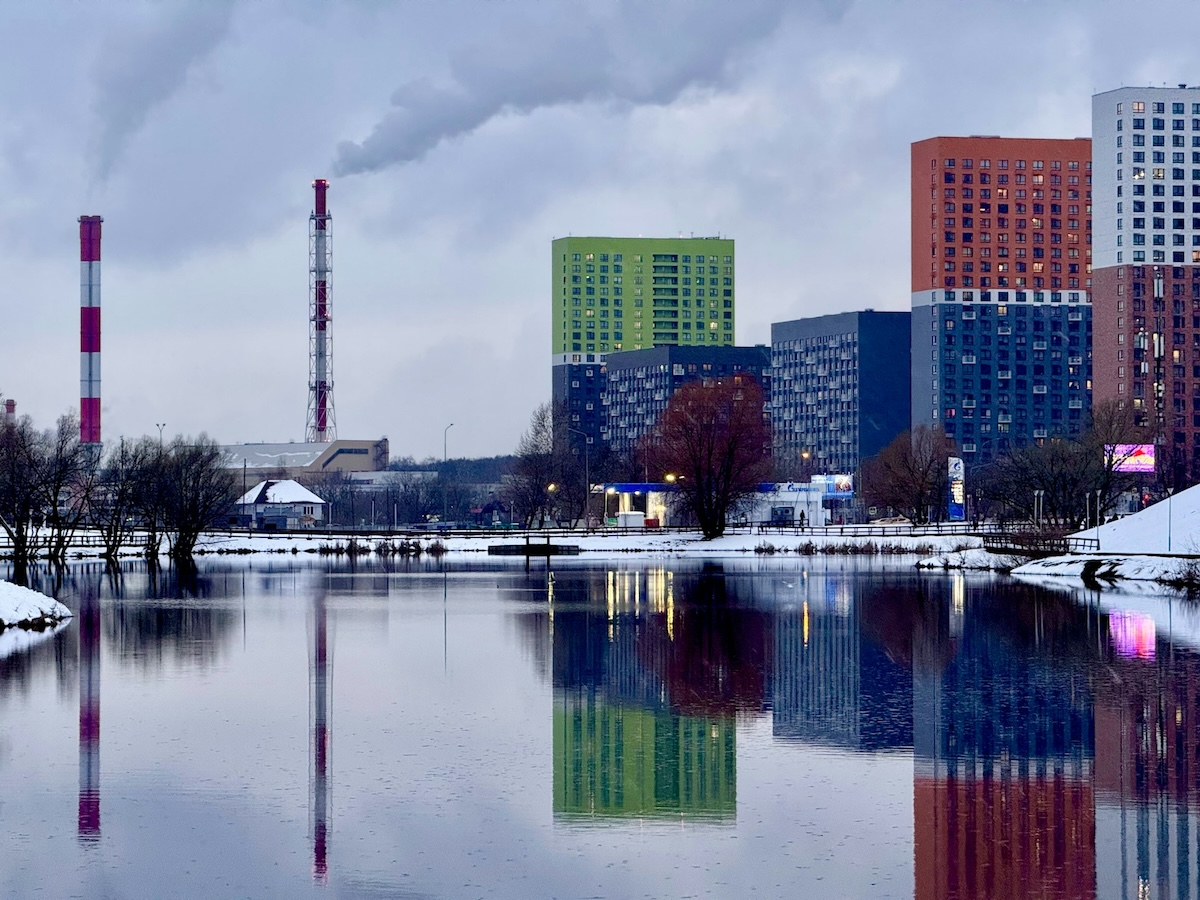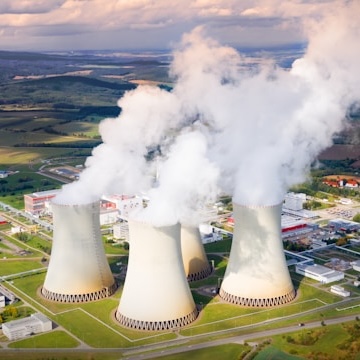
Nuclear energy and net zero, a strategic shift
As the global race toward net zero intensifies, nuclear energy is emerging not as a fallback but as a foundational pillar of decarbonized energy systems. Driven by innovation, geopolitical urgency, and a renewed policy focus, recent developments are rapidly transforming the role of nuclear power in achieving net-zero goals.
Technological and industrial advances
One of the most notable shifts is the maturation of next-generation nuclear technologies. SMRs and advanced reactor designs are enabling faster, more cost-effective deployment of nuclear power. Unlike traditional gigawatt-scale plants, SMRs can be manufactured in factories and deployed incrementally, offering enhanced flexibility and scalability. Their smaller footprint also allows for siting near industrial hubs or in conjunction with renewable energy sources, making them a strong fit for diverse energy strategies. The U.S. Department of Energy has identified SMRs as a key innovation in advancing the nuclear sector’s role in a modern energy mix.
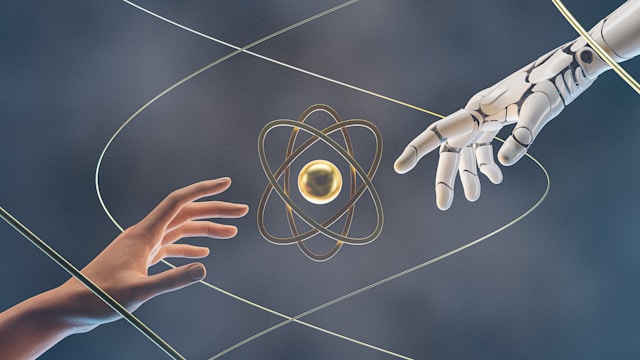
New reactors are also increasingly being designed for non-electric applications. High-temperature reactors, for instance, can deliver process heat to industrial operations or power hydrogen production and desalination systems. These capabilities enable nuclear energy to decarbonize not only electricity, but also hard-to-abate sectors such as steelmaking and chemicals, areas that have historically relied on fossil fuels. This versatility positions nuclear energy as a multi-sectoral tool for decarbonization.
At the systems level, nuclear energy is being integrated into hybrid configurations alongside solar, wind, and energy storage. These combinations enhance grid resilience by pairing the constant output of nuclear with the variability of renewables, helping to maintain reliable 24/7 electricity supply while reducing reliance on carbon-intensive backup sources. These hybrid systems are expected to play an increasingly important role in enabling countries to meet ambitious decarbonization goals without compromising energy security.
Policy and market trends
The momentum behind nuclear energy has also been growing at the policy level. At COP28, 22 countries pledged to triple their nuclear energy capacity by 2050, citing its role as a dependable, low-carbon power source. These commitments are now being advanced through the Net Zero Nuclear initiative, a global effort to coordinate investment, regulatory alignment, and technical collaboration to scale up nuclear deployment.
A revival of dormant capacity accompanies this political shift. Several countries in Europe and North America are exploring the reactivation of mothballed plants as a near-term measure to boost clean energy supply. In the United States, federal incentives and bipartisan support are accelerating re-licensing processes and providing financial support to aging plants that remain technically viable.
Despite growing alignment, financing remains a hurdle. Nuclear projects are capital-intensive, and the long payback periods create structural barriers in liberalized energy markets. To address this, new models are being adopted—such as Regulated Asset Base (RAB) structures, power purchase agreements, and government-backed loan guarantees. These approaches are essential to de-risking nuclear investment and ensuring capital flows to projects aligned with climate objectives.
Operational and strategic shifts
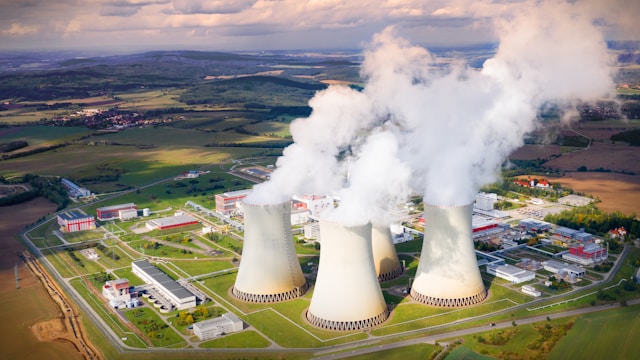
From an operational perspective, the value proposition of nuclear energy is shifting from cost per kWh to system stability and carbon displacement. With grids increasingly relying on variable sources like wind and solar, nuclear’s role as a firm, dispatchable source of electricity is becoming more critical. This reliability supports not only households and industry but also essential digital infrastructure, such as data centers and AI systems that require uninterrupted power.
Moreover, there is growing recognition of nuclear’s role in decarbonizing industrial value chains. Beyond electricity, the application of nuclear energy in generating clean hydrogen, powering synthetic fuels, or producing thermal energy is attracting attention from industrial leaders and governments alike. New pilot projects are already demonstrating the viability of these use cases.
Meanwhile, public perception and safety remain key challenges, but the landscape is changing. New-generation reactors are designed with passive safety systems, reducing the risks associated with human error or natural disasters. Regulatory frameworks are also evolving to reflect updated risk assessments and international best practices. As these safety enhancements become widely understood, they are helping to rebuild public trust. Fact-based communication is essential in making nuclearpower a socially and politically acceptable option in the net-zero toolkit.
Nuclear energy is no longer an afterthought in the climate conversation. It is now a strategic enabler—technologically versatile, geopolitically relevant, and increasingly aligned with global net zero targets. The convergence of policy commitments, technological advances, and market adaptations is setting the stage for nuclear to play a decisive role in the coming decades.Achieving that potential will require sustained investment, now made possible with the World Bank lift of the ban on nuclear projects, international collaboration, and a balanced approach to safety and regulation. But the trajectory is clear: the role of nuclear energy in a net-zero future is no longer hypothetical—it is inevitable.


